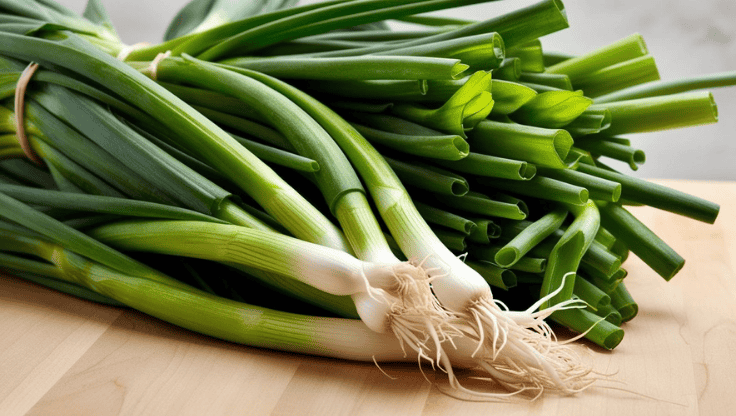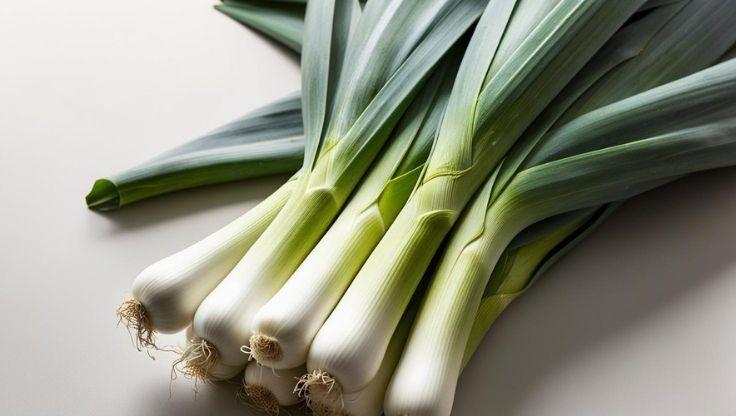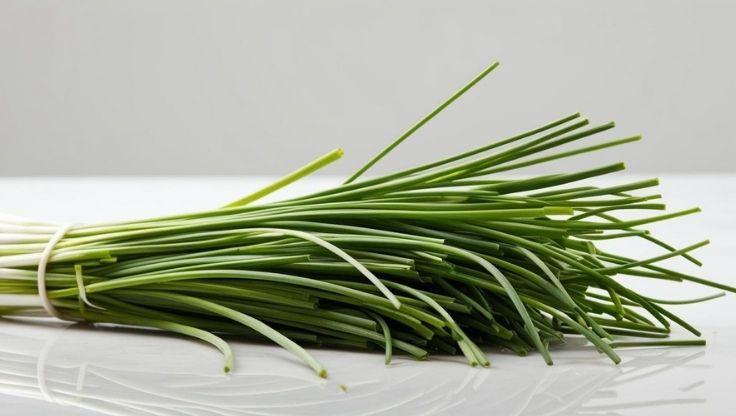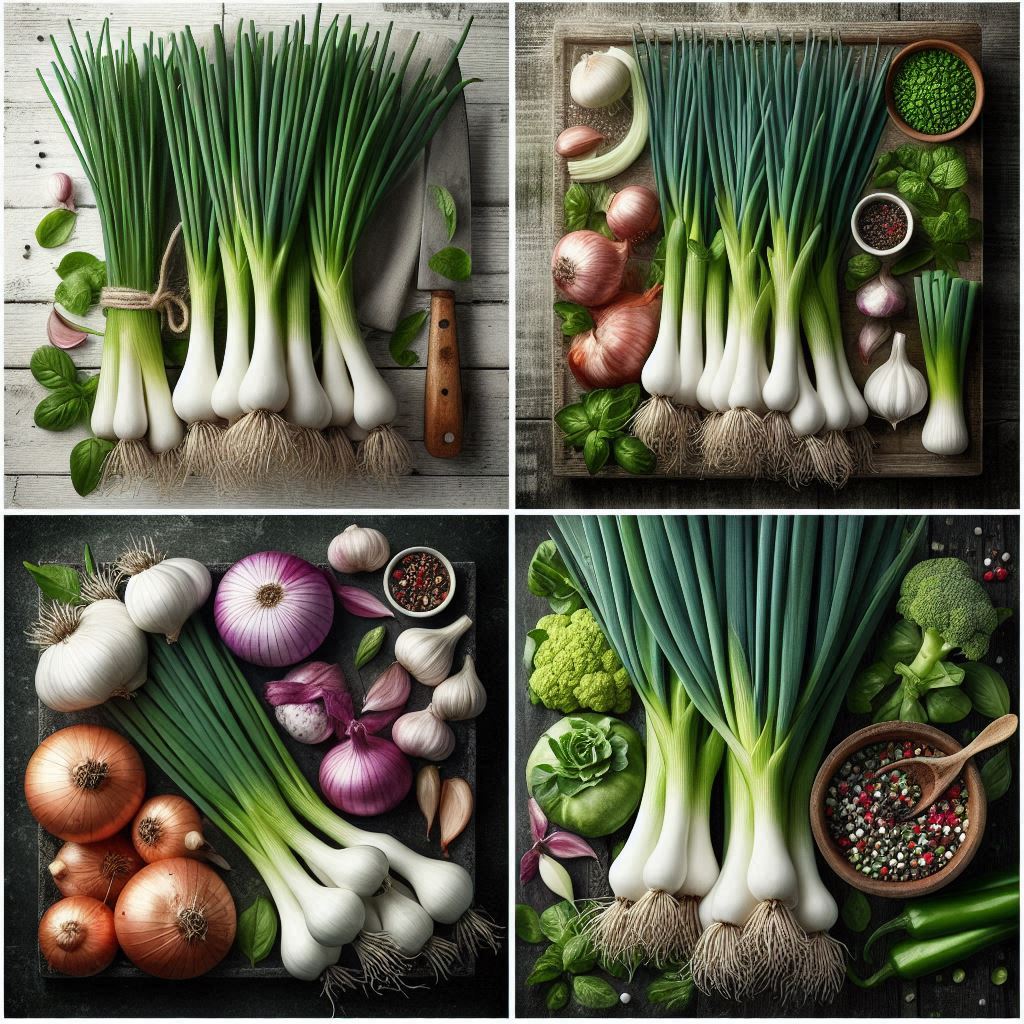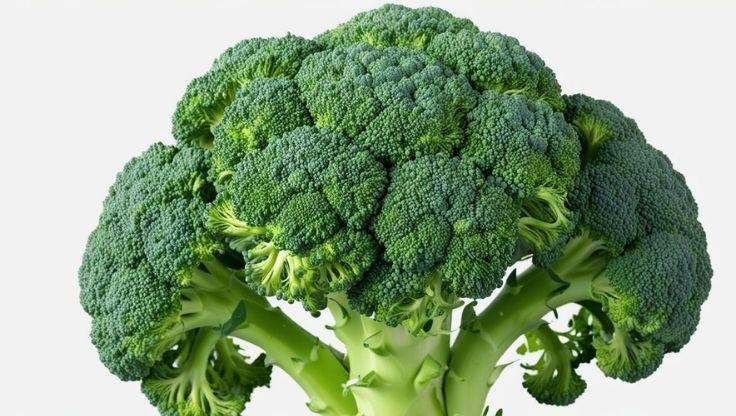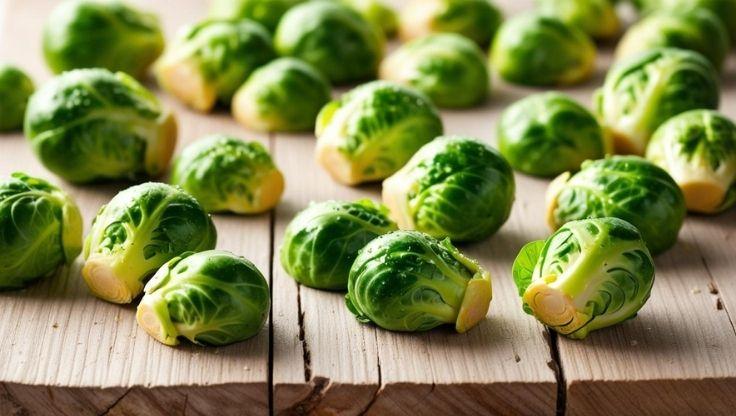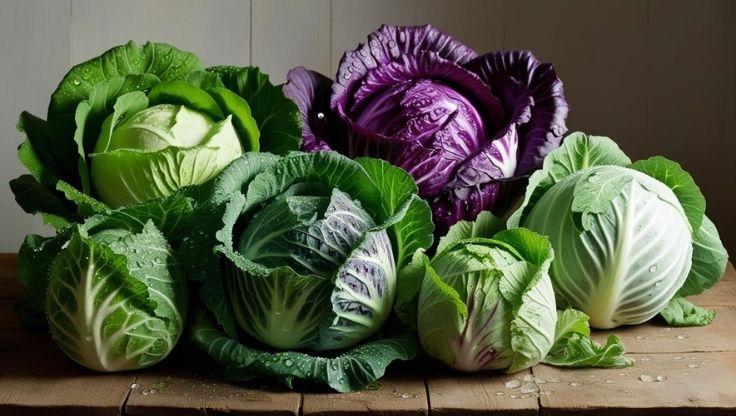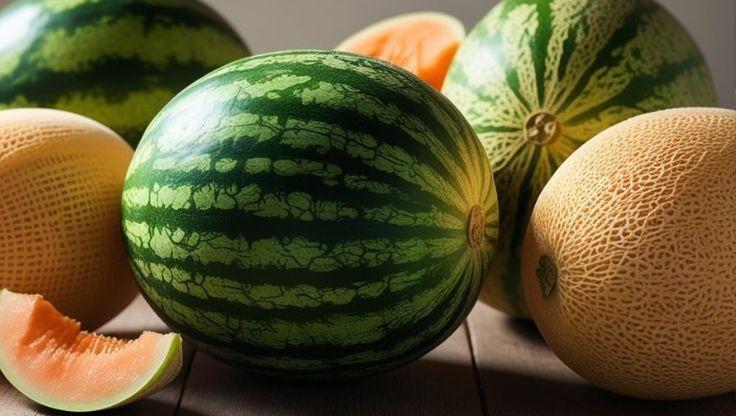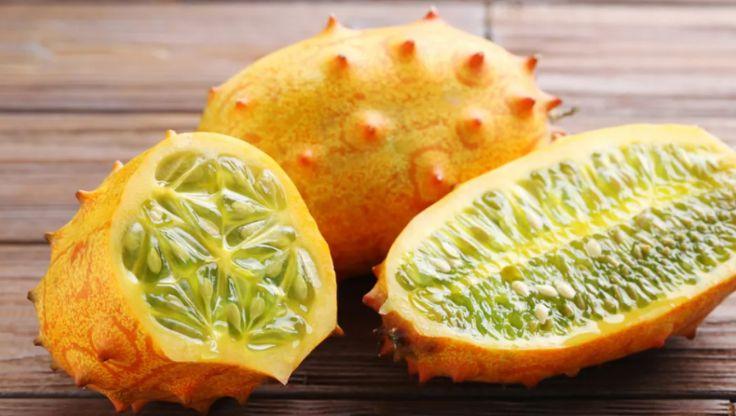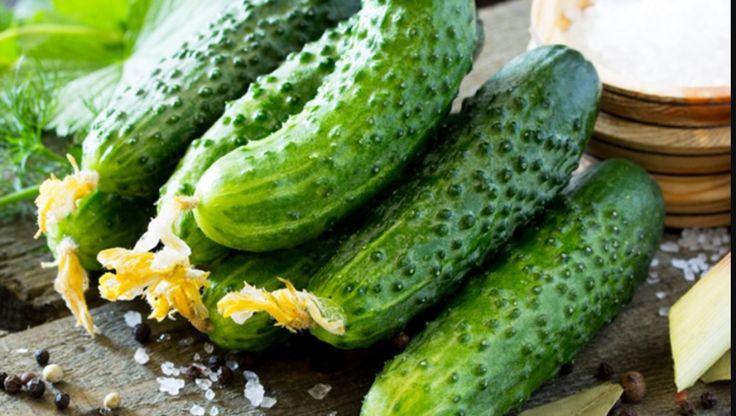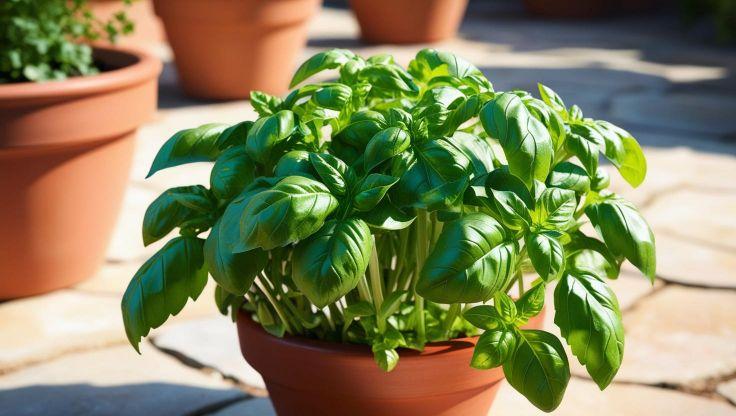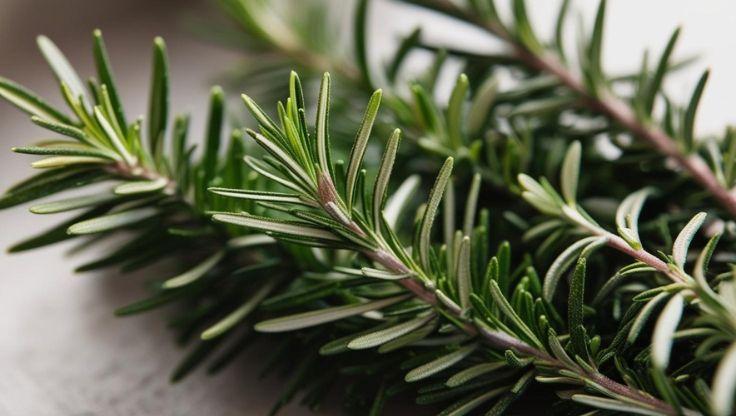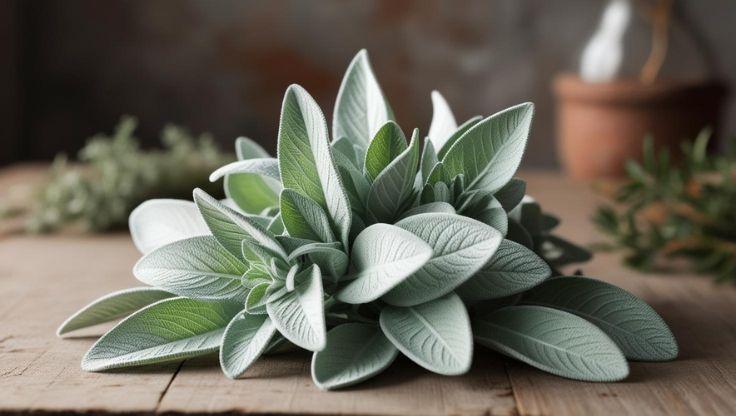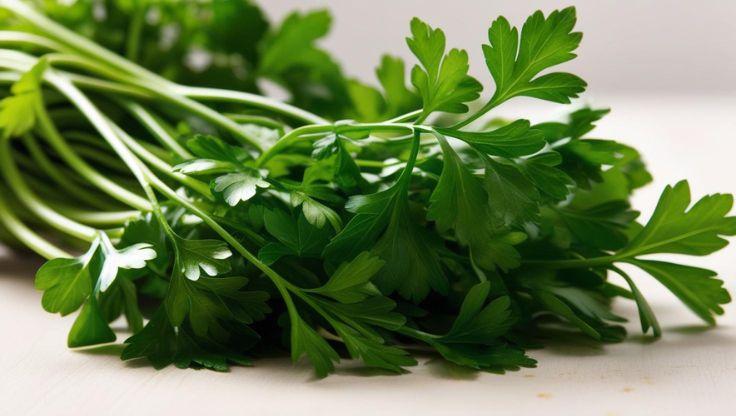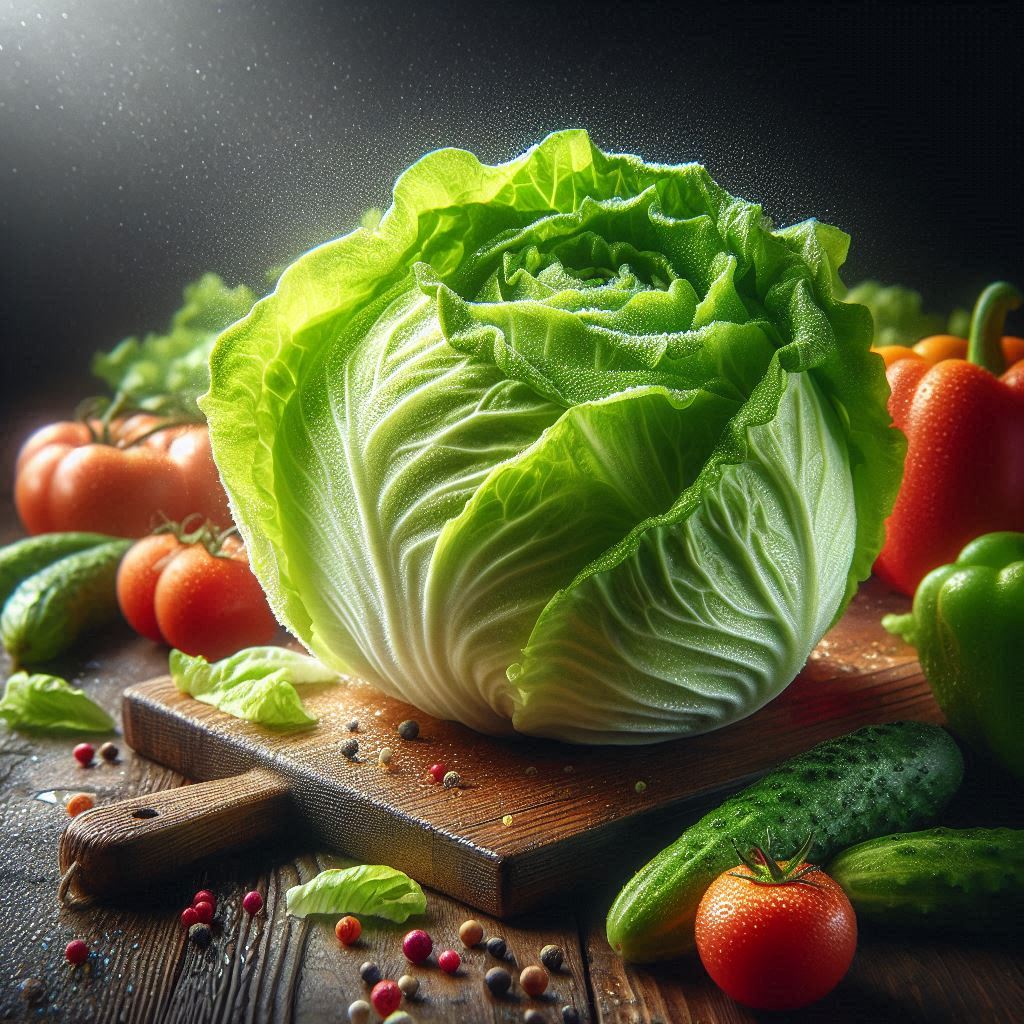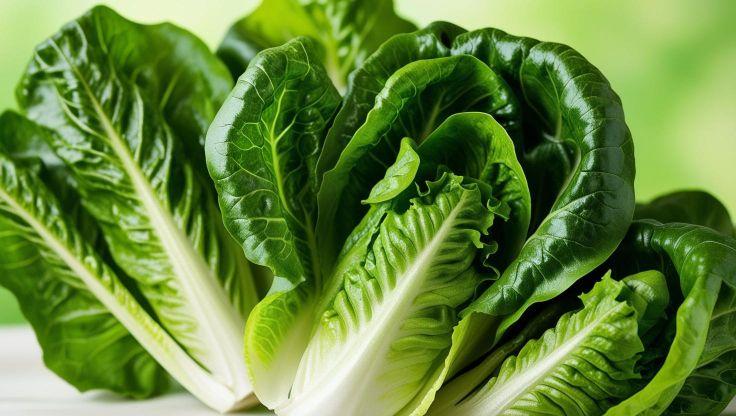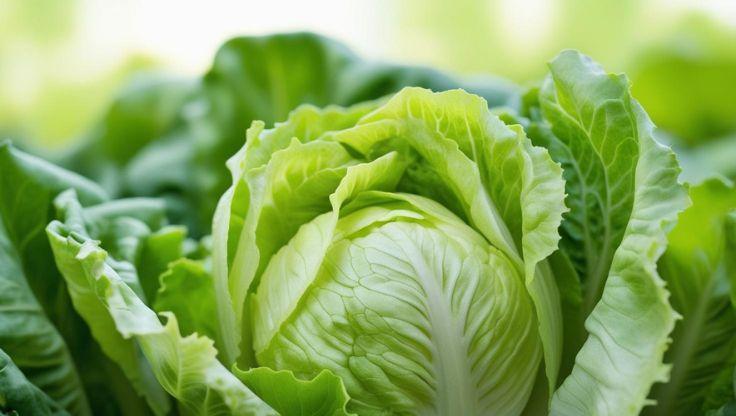Hydroponic Plants: Spinach and Its Cultivation in Hydroponic Systems
Hydroponic plants, such as the nutrient-dense leafy green spinach (Spinacia oleracea), are highly valued for their rapid growth and versatility in culinary applications, making them excellent candidates for soilless culture. Originating from Persia, hydroponic plants like spinach thrive in controlled environments, producing higher yields and requiring fewer resources than traditional soil-based farming for these productive hydroponic plants. By utilizing hydroponic systems, growers can ensure faster harvest cycles, fewer pest problems, and enhanced nutrient absorption for their spinach hydroponic plants, making it an ideal crop for efficient, year-round cultivation of these specific hydroponic plants.
Quick Start Checklist for Hydroponic Spinach:
-
Select spinach varieties (Savoy, Flat-Leaf, Semi-Savoy; slow-bolt types recommended) suited for hydroponic cultivation and your chosen system for these leafy hydroponic plants.
-
Consider priming spinach seeds for 12-24 hours. Germinate seeds in a cool, moist environment using starter plugs for your future hydroponic plants.
-
Prepare your hydroponic system and nutrient reservoir; sterilize if previously used to protect your valuable hydroponic plants.
-
Calibrate pH and EC meters. Mix nutrient solution tailored for young spinach hydroponic plants, starting with a balanced, moderate EC (e.g., 1.2-1.5 mS/cm) for these delicate hydroponic plants.
-
Transplant seedlings (with 2-3 true leaves) gently into your hydroponic setup designed for these types of hydroponic plants.
-
Establish lighting (12-16 hours) and maintain optimal cool temperatures/humidity for your spinach hydroponic plants.
-
Monitor and adjust pH, EC, and water levels daily/regularly for your spinach hydroponic plants to ensure their continued health and vigor as hydroponic plants.
-
Harvest outer leaves regularly using the "cut-and-come-again" method to encourage continuous growth from your hydroponic plants.
-
Observe for pests/diseases on your hydroponic plants and manage proactively to ensure healthy, thriving hydroponic plants throughout their lifecycle.
Hydroponic Growing Conditions for Spinach
To achieve a bountiful harvest of spinach hydroponic plants, precise control over their growing conditions is essential. These leafy hydroponic plants have specific preferences that, when met, result in optimal growth and quality for these cool-season hydroponic plants. Understanding these parameters is key for successful cultivation of spinach as hydroponic plants.
Optimal pH and EC Levels for Spinach Hydroponic Plants
The nutrient solution is the direct source of nutrition for your spinach hydroponic plants, making its balance critical for these fast-growing hydroponic plants to access what they need.
-
pH: Spinach hydroponic plants prefer a pH range of 5.8–6.5 for optimal nutrient absorption, ensuring all minerals are available to these leafy hydroponic plants.
-
EC Level: An EC level of 1.5–2.2 mS/cm supports healthy leaf development and nutrient uptake in these rapidly developing hydroponic plants. Start seedlings of these hydroponic plants at a slightly lower EC (1.2-1.5 mS/cm) and gradually increase as the hydroponic plants mature.
Environmental Requirements for Spinach Hydroponic Plants
The surrounding atmosphere plays a vital role in the health and productivity of your spinach hydroponic plants. These cool-weather hydroponic plants need specific conditions to prevent stress and encourage leafy growth.
-
Light: Spinach hydroponic plants require 12–16 hours of LED or fluorescent lighting per day to fuel their photosynthetic processes.
-
Temperature: These hydroponic plants thrive within a cool 15–22°C (59–72°F) temperature range, as warmer temperatures can cause bolting in these sensitive hydroponic plants.
-
Humidity: Humidity for spinach hydroponic plants is best maintained between 50–70% to ensure healthy leaf development and prevent fungal issues for these susceptible hydroponic plants.
Pro-Tip: If growing spinach hydroponic plants indoors with other hydroponic plants that prefer warmer temperatures, consider a dedicated cooler zone or a smaller, insulated hydroponic system for your spinach to prevent bolting of these particular hydroponic plants. This is a common strategy for diverse hydroponic plants setups.
Best Hydroponic System for Spinach
Selecting the most suitable hydroponic system is key for efficient spinach cultivation, ensuring your hydroponic plants receive consistent nourishment and support. Visuals demonstrating NFT, DWC, and Aeroponic systems with thriving spinach hydroponic plants would be very helpful for growers choosing a system for these leafy hydroponic plants. Different hydroponic plants may favor different systems.
The Nutrient Film Technique (NFT) is often considered the most efficient hydroponic system for spinach hydroponic plants, ensuring a continuous nutrient flow directly to the roots. Alternative methods like Deep Water Culture (DWC) and aeroponics also promote vigorous root development and can yield excellent results for these leafy hydroponic plants. Many leafy green hydroponic plants perform exceptionally well in these types of systems.
Nutrient Solutions & Water Management for Spinach Hydroponic Plants
Careful management of the nutrient solution is crucial for optimizing the growth of spinach hydroponic plants. These particular hydroponic plants benefit immensely from a well-balanced diet and stable root environment to flourish as hydroponic plants.
Using a balanced nutrient solution, rich in nitrogen (N), phosphorus (P), and potassium (K), optimizes spinach growth, especially for leafy hydroponic plants like these. Nitrogen is particularly important for the lush foliage of these hydroponic plants. Ensuring proper water oxygenation (e.g., using an air stone in DWC systems) prevents root decay. Maintain nutrient solution temperature between 18-20°C (65-68°F) for spinach hydroponic plants; warmer solutions reduce dissolved oxygen, stressing these cool-loving hydroponic plants.
Pro-Tip: For spinach hydroponic plants, completely refresh the nutrient solution every 1-2 weeks to maintain optimal nutrient balance and prevent the buildup of harmful pathogens, ensuring the best environment for your rapidly growing hydroponic plants. This practice benefits most hydroponic plants.
Detailed Nutrient Formulation for Spinach Hydroponic Plants
Spinach hydroponic plants have evolving nutritional needs throughout their relatively short growth cycle. Supplying the correct nutrient ratios at each stage is key for these fast-growing hydroponic plants to reach their full potential as nutritious hydroponic plants. [Placeholder for Expert Quote: e.g., "Leafy green specialist Dr. Folia Viridis emphasizes, 'Spinach hydroponic plants respond best to higher nitrogen levels throughout their growth, but balancing with adequate potassium is crucial for leaf quality and disease resistance in these productive hydroponic plants.'"]
Growth Phase Nutrient Ratios for Spinach Hydroponic Plants
-
Seedling Stage: An NPK ratio around 3:1:2 (Nitrogen:Phosphorus:Potassium) fosters early root and leaf formation in young spinach hydroponic plants, giving these hydroponic plants a strong start.
-
Vegetative Stage: Shifting to an NPK like 4:2:3 supports strong, vigorous leaf growth in developing spinach hydroponic plants. (Many growers maintain a high-N vegetative formula throughout for cut-and-come-again harvesting of these hydroponic plants).
-
Harvesting Stage: An NPK around 3:4:6 can help in ensuring nutrient-dense leaves and maintaining plant health for continuous harvesting of these hydroponic plants. This supports the longevity of your hydroponic plants.
Essential Micronutrients for Spinach Hydroponic Plants
Beyond NPK, certain micronutrients are vital for healthy spinach hydroponic plants and preventing deficiencies in these hydroponic plants:
-
Calcium & Magnesium: These improve leaf strength and nutrient retention in spinach hydroponic plants.
-
Iron & Zinc: These promote photosynthesis for vibrant foliage and overall vigor in your spinach hydroponic plants.
-
Ensure your nutrient solution for spinach hydroponic plants also contains adequate Boron (B) for cell wall integrity and Manganese (Mn), vital for photosynthesis in these leafy hydroponic plants. Many quality formulas for hydroponic plants include these.
Choosing Spinach Varieties for Hydroponics
When selecting spinach for your hydroponic plants, consider the type and its suitability for controlled environments. Different varieties of these hydroponic plants offer varying characteristics that can impact your success with hydroponic plants.
Savoy types have crinkled leaves and are very cold-hardy hydroponic plants. Flat-leaf (or Smooth-leaf) types are easier to wash and often preferred for cooking these hydroponic plants. Semi-Savoy offers a compromise for your hydroponic plants. Look for varieties specifically noted as 'slow-bolt' or those well-suited for greenhouse/controlled environment production to maximize success with your spinach hydroponic plants.
Cultivation Process for Spinach Hydroponic Plants
The journey from seed to harvest for spinach hydroponic plants is relatively quick, making them a rewarding crop for hydroponic gardeners. Visuals showing spinach seed germination, seedling transplanting (showing 2-3 true leaves), the "cut-and-come-again" harvesting method on hydroponic plants, and mature hydroponic plants would be beneficial for those new to growing these hydroponic plants.
Some growers find that priming or soaking spinach seeds for 12-24 hours in cool water before sowing can improve germination rates for their hydroponic plants. Seeds should be placed 1 per hole in hydroponic trays or starter plugs. Transplant spinach seedlings into the hydroponic system when they have 2-3 true leaves. After transplanting, these hydroponic plants typically reach maturity for first harvest within 6–8 weeks. For a prolonged harvest from your spinach hydroponic plants, practice the 'cut-and-come-again' method: harvest only the outer, larger leaves, leaving the central crown of the hydroponic plants intact. (An image demonstrating the correct way to harvest outer leaves from spinach hydroponic plants would be very helpful for visualizing this technique for hydroponic plants).
Pro-Tip: For a continuous supply of spinach hydroponic plants, practice succession planting by starting new seeds every 1-2 weeks. This ensures you always have hydroponic plants at different growth stages for a consistent harvest. Harvest spinach hydroponic plants in the cooler morning hours for best leaf turgidity from these leafy hydroponic plants.
Uses and Benefits of Hydroponic Spinach
Hydroponically grown spinach from your hydroponic plants is not only delicious but also packed with nutrients, offering versatility and health advantages. These specific hydroponic plants provide clean, ready-to-use greens, a key benefit of these advanced cultivation methods for hydroponic plants.
Culinary Applications of Hydroponic Spinach
Spinach from your hydroponic plants is widely used in salads, smoothies, pasta dishes, and soups, offering a mild, slightly earthy flavor. The clean nature of hydroponic plants means less washing is required before consuming produce from these efficiently grown hydroponic plants.
Medicinal Properties of Hydroponic Spinach
Packed with antioxidants and anti-inflammatory nutrients, spinach from healthy hydroponic plants supports heart health, digestion, and immune function. Growing spinach as hydroponic plants ensures a fresh, nutrient-rich supply of these beneficial compounds from these exceptional hydroponic plants.
Sustainability Advantages of Hydroponic Spinach
Growing spinach as hydroponic plants offers significant environmental benefits over conventional farming. These efficient hydroponic plants are an eco-friendly choice for modern agriculture and home growers of hydroponic plants.
Hydroponic spinach hydroponic plants require up to 90% less water than conventional farming, making them an eco-friendly solution for year-round cultivation. This efficiency makes spinach hydroponic plants a sustainable option for producing nutritious leafy greens with minimal resource use compared to soil-based hydroponic plants. [Placeholder for Citation: e.g., (Source: Journal of Soilless Culture, Spinach Water Use Efficiency & Yields in Hydroponic Plants, 2023). Seek verified sources for data on hydroponic plants.]
Challenges and Solutions for Hydroponic Spinach
While growing spinach as hydroponic plants avoids many soil-based problems, certain challenges can still arise. Vigilance helps maintain healthy hydroponic plants and prevent losses for these valuable hydroponic plants. Clear images of nutrient deficiency symptoms (e.g., nitrogen, iron, magnesium) or fungal issues like downy mildew on spinach hydroponic plants would aid diagnosis for these hydroponic plants.
Common Issues for Spinach Hydroponic Plants
-
Nutrient deficiency: Can manifest as uniform yellowing (Nitrogen deficiency, older leaves first), interveinal chlorosis on new leaves (Iron deficiency), or mottling on older leaves (Magnesium deficiency) in your spinach hydroponic plants. These signs indicate your hydroponic plants need attention.
-
Fungal Infections (e.g., Downy Mildew): Appears as yellowish spots on upper leaf surfaces, with fuzzy mold on undersides of leaves of hydroponic plants. This can devastate spinach hydroponic plants if not managed.
-
Bolting: Premature flowering of spinach hydroponic plants, often due to heat stress or long photoperiods, rendering these hydroponic plants less palatable.
Solutions for Healthy Spinach Hydroponic Plants
-
Monitor nutrient concentrations regularly for optimal balance to support your spinach hydroponic plants. Adjust as needed for these sensitive hydroponic plants.
-
Improve airflow using fans to regulate moisture levels and prevent fungal issues on your spinach hydroponic plants. Ensure good spacing between these hydroponic plants.
-
Keep the growing environment cool (below 22°C / 72°F) and ensure appropriate photoperiods to prevent bolting in your spinach hydroponic plants. This is crucial for these specific hydroponic plants.
Pro-Tip: Regularly remove any yellowing or diseased leaves from your spinach hydroponic plants immediately to prevent the spread of potential issues and maintain good hygiene for all your hydroponic plants. This simple step can save many hydroponic plants.
Conclusion: The Rewards of Growing Hydroponic Spinach
Cultivating spinach as hydroponic plants is an efficient and highly rewarding method for producing fresh, nutrient-rich leafy greens throughout the year. By carefully managing the specific needs of these hydroponic plants—from nutrient solutions and environmental parameters to system selection and diligent harvesting techniques—growers can enjoy continuous harvests. The sustainability and quality advantages solidify spinach hydroponic plants as an excellent choice for both home enthusiasts and commercial producers of high-value hydroponic plants, showcasing the potential of these advanced growing methods for hydroponic plants.
Research for expert insights
Discover expert knowledge and comprehensive information in the following resources.
|
Institution |
Article Title |
Article Link |
|---|---|---|
|
International Journal of Advanced Biochemistry Research |
Optimizing growth and nutrient uptake of spinach (Spinacia oleracea) in hydroponic systems through varied fertilizer concentrations |
|
|
SSRN |
Hydroponics vs. Traditional Soil Cultivation: An Economic and Agronomic Analysis of Spinach Production |
|
|
ResearchGate |
Cultivation of Water Spinach Using A Hydroponic System at Different AB Mix Concentrations |
With meticulous analysis, they offer expert knowledge, serving as an outstanding reference for those eager to learn more.


